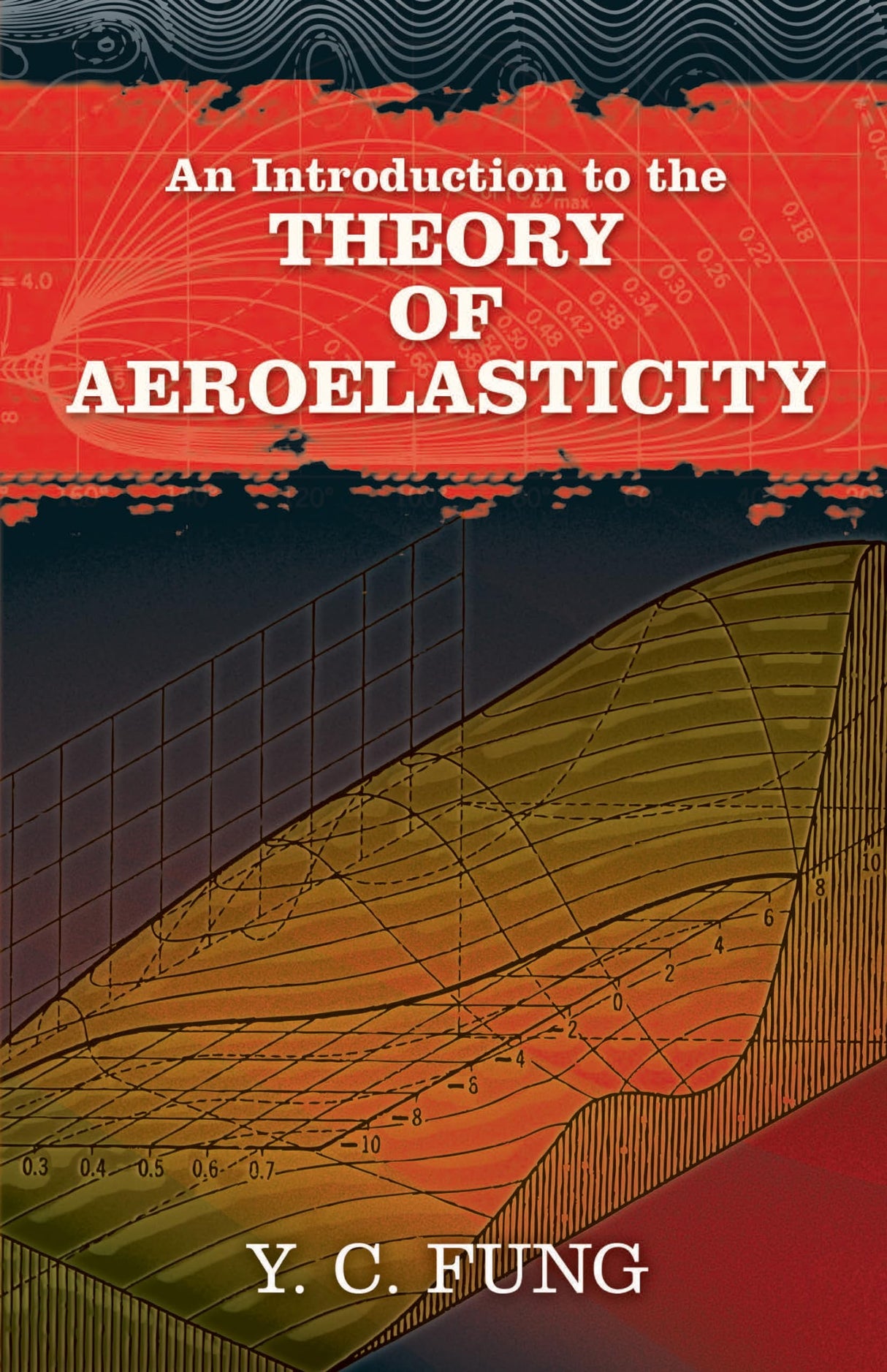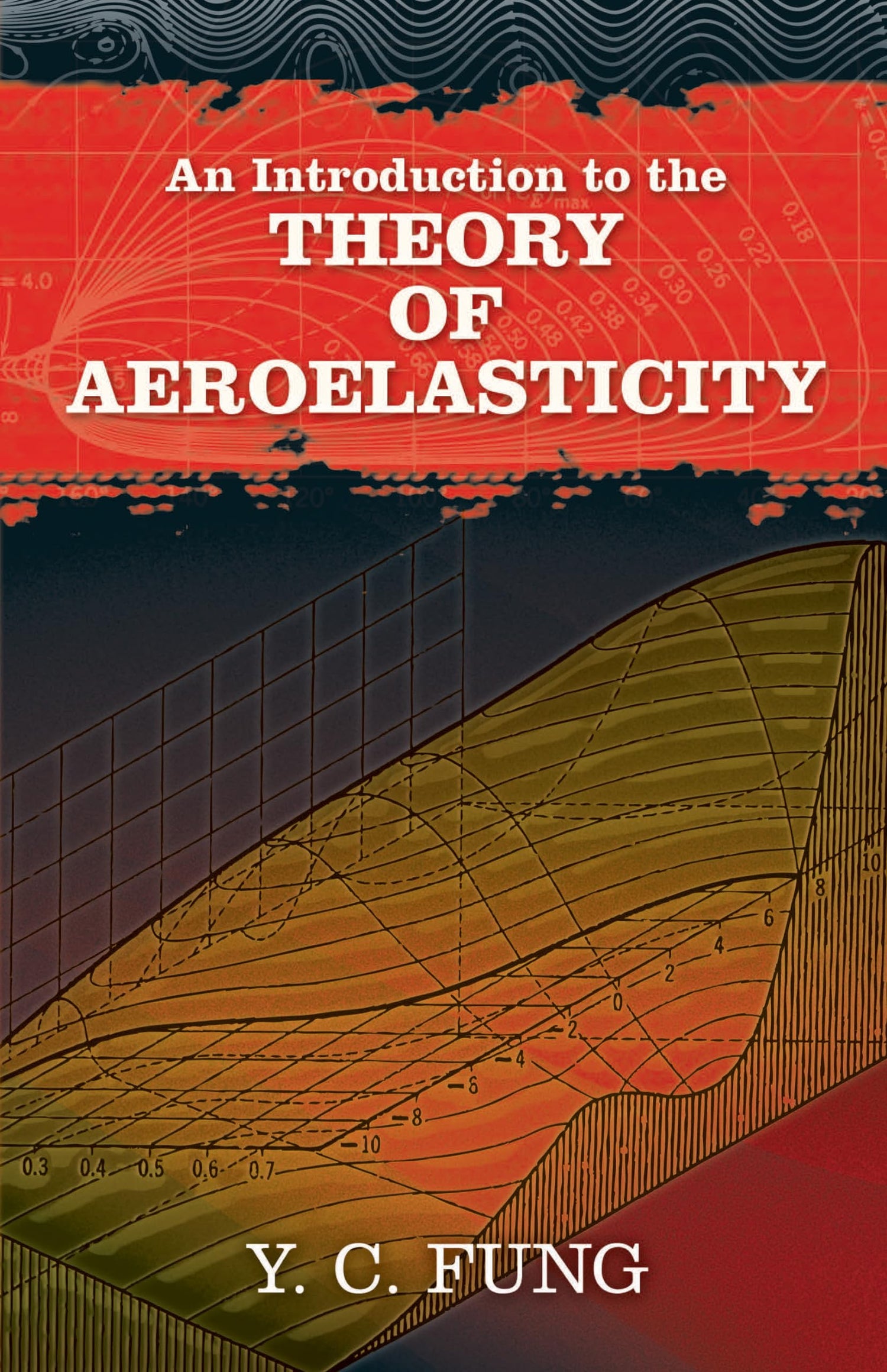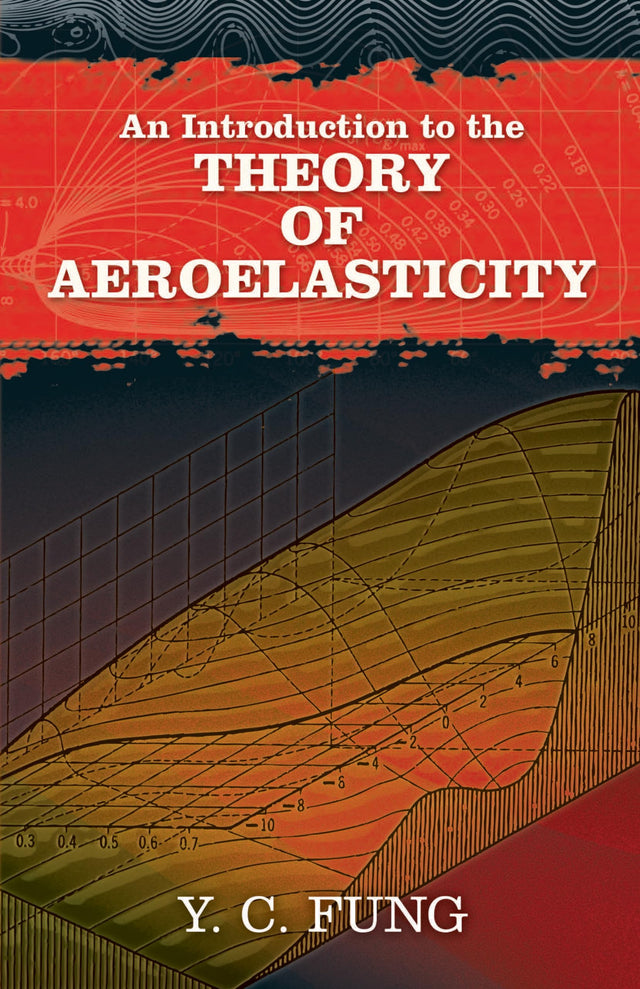An Introduction to the Theory of Aeroelasticity (Dover Books on Aeronautical Engineering)
An Introduction to the Theory of Aeroelasticity (Dover Books on Aeronautical Engineering) is backordered and will ship as soon as it is back in stock.
Couldn't load pickup availability
Genuine Products Guarantee
Genuine Products Guarantee
We guarantee 100% genuine products, and if proven otherwise, we will compensate you with 10 times the product's cost.
Delivery and Shipping
Delivery and Shipping
Products are generally ready for dispatch within 1 day and typically reach you in 3 to 5 days.
Book Details:
-
Publisher: Dover
-
Author: Fung, Y. C.
-
Language: English
-
Edition: Illustrated
-
ISBN: 9780486469362
-
Pages: 498
-
Cover: Paperback
-
Dimensions: 8.5 x 5.4 x 1.1 inches
About The Book:
“Aeroelasticity” by Y. C. Fung, one of the pioneers in bioengineering and modern biomechanics, is an invaluable resource for advanced undergraduates, graduate students, and professionals in the fields of aerospace engineering and biomechanics. This detailed and thorough text covers the interaction between aerodynamic forces and elastic structures, a critical topic for anyone involved in the design and analysis of aerodynamic systems.
The book begins with an introductory chapter that provides foundational knowledge in aerodynamics, elasticity, and mechanical vibrations. Subsequent chapters (2 through 11) explore aeroelastic problems, offering historical context, basic physical concepts, and essential principles of analysis. With a focus on the practical implications of these principles, the book proves highly useful to engineers and designers working on issues like flutter, structural dynamics, and flight loads.
Chapters 12 through 15 delve into oscillating airfoil theory, presenting the fundamentals and summarizing key experimental results. The work is illustrated with 147 figures and 20 tables, ensuring clarity and understanding of the material. Additionally, each chapter includes a bibliography for further reading, allowing readers to expand their knowledge.
This text is a comprehensive guide to understanding the complex field of aeroelasticity, bridging theoretical knowledge with real-world applications. Whether for academic purposes or practical engineering challenges, “Aeroelasticity” offers indispensable insights for designers and researchers.





